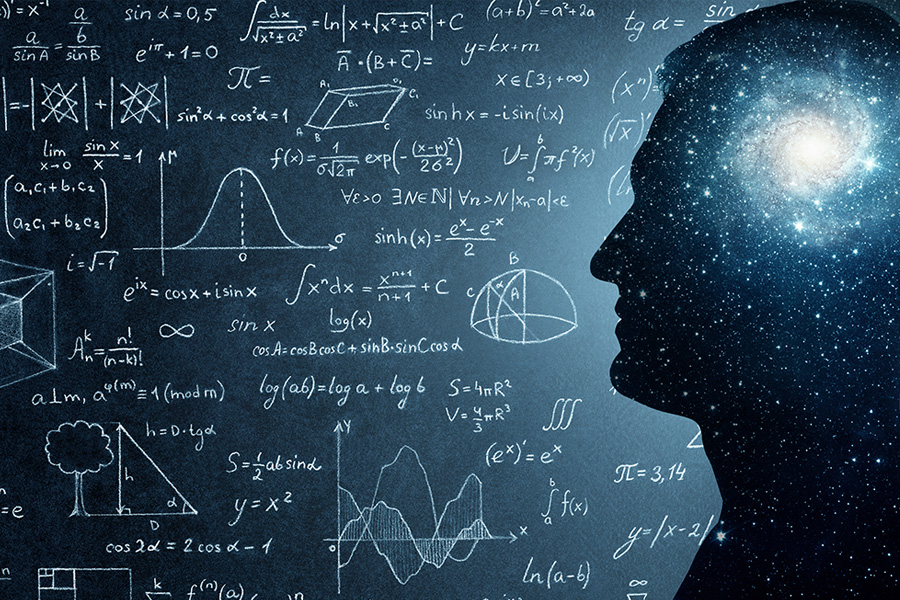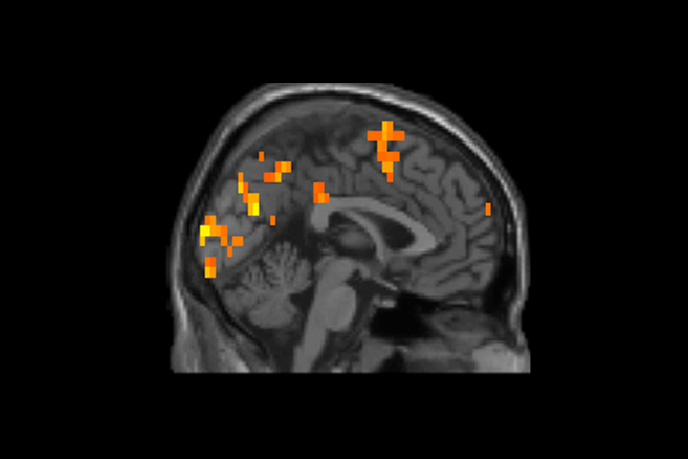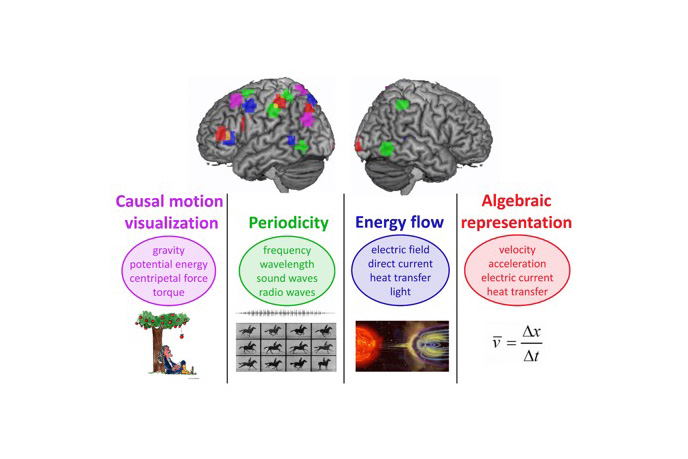
Exploring New Frontiers in Brain-Based Education at Carnegie Mellon
NSF grant explores how physics concepts are housed in the brain
By Stefanie Johndrow
Building on groundbreaking research that identified the brain representations of elementary physics concepts, Carnegie Mellon University’s Robert Mason and Marcel Just have received a $549,000 grant from the National Science Foundation (NSF) to investigate the brain representations of physics concepts in college students and determine their relation to the students’ academic performance.
Although the goal of most educational practices is to advance what students know, this project will assess how the neural growth of the new knowledge is related to performance in course exams.

“This project is based on two key capabilities that we demonstrated in earlier work,” said Mason, a senior research associate in the Dietrich College of Humanities and Social Sciences’ Department of Psychology. “First is our ability to identify what physics concept a student is thinking about from its brain activation pattern, that is, to find the concept’s brain signature. Second, we can trace the progress of an individual student’s concept representations over a semester, looking for neural biomarkers of successful learning in a complex STEM domain. We can then assess the quality of the resulting neural representations by comparing them to the neural representations of previously successful students and to the representations of the instructors.”
Mason and Just’s measurement tool applies machine learning techniques to fMRI brain activation patterns that correspond to specific concepts. They discovered that brain representations of concepts like velocity or mass can be measured and individually distinguished. They also found that the neural representations of relatively new science concepts, only a few hundred years old, are rooted in ancient brain systems. For example, the neural representation of frequency uses some of the same brain systems as the processing of the waxing and waning of a sound.
“It is now possible to watch a concept ‘grow’ in the brain as its properties are being learned,” said Just, the D. O Hebb University Professor of Psychology. “Furthermore, everyone’s brain organizes the concept knowledge similarly, making it possible to meaningfully compare the representations of different students.”

The new grant will allow Mason and Just to examine the brain representations of concepts in students enrolled in an introductory physics class at the beginning and end of the course. They will assess how the neural representations changed over the semester and how the neural changes are related to grades on course exams. They also will examine how the quality of the neural representations is related to various measures of cognitive abilities, such as spatial ability or fluid intelligence.
The main outcome of this project will be an understanding of how individual scientific concepts are learned and how this learning can be enhanced. The research will reveal which brain systems are used to represent physics concepts, how neural representations of physics concepts change with learning (in terms of their organization and increasing similarity to instructors’ representations), how well the neural measures predict behavioral test measures and, perhaps most impactfully, how physics instruction and testing might be modified to enhance learning.
“Our brains that were designed tens of thousands of years ago can now learn new physics concepts by ‘repurposing’ brain systems that were originally evolved for processing information about our environment,” Just said. “The main underlying dimensions of representation, such as frequency and energy flow, represent information that mankind has been processing for millennia. This new grant will determine if we can leverage the cognitive neuroscience insights to improve science education.”
Top image: Activation pattern for the concept of gravity.
Second image: The four underlying dimensions of presentation of 30 physics concepts.